In the grand theater of global economics, President Donald Trump has stepped onto the stage with a bold and controversial script: the imposition of historic tariffs on a wide array of imports. This dramatic move, he claims, is a masterstroke designed to fortify America's economic defenses and lure businesses back to its shores. However, as the curtain rises on this high-stakes gamble, the audience of economists, business leaders, and everyday consumers is left to wonder: Is this a play with a triumphant climax, or a tragedy that could unravel the very fabric of the American economy?
Trump's vision of tariffs as a panacea for America's economic woes is painted with broad strokes. He envisions a future where high tariffs, potentially as steep as 50%, become a permanent fixture, transforming the United States into an economic fortress. In his interview with Time, he declared that "the country will be making a fortune," asserting that businesses will flock to America, drawn by the promise of avoiding these tariffs. This narrative, however, is fraught with challenges and uncertainties that could turn this vision into a mirage.
The reality on the ground is far more complex. America's effective tariff rate now stands at 22.8%, according to Fitch Ratings, the highest among developed nations. This has not only slowed trade significantly but has also created a climate of uncertainty that is paralyzing businesses and consumers alike. Warehouses, once stocked with goods imported ahead of the tariffs, are running dry. Businesses now face a stark choice: import goods at more than twice the cost or stop selling them altogether, leaving shelves bare and consumers frustrated. This is not a distant threat; it is an immediate reality that is already reshaping the economic landscape.
The impact of these tariffs is not confined to the importers and exporters. Small businesses, the lifeblood of the American economy, are also reeling from the financial strain. Many have had to cut back on hiring, as reported in the Federal Reserve's Beige Book, a periodic survey that captures the pulse of American business leaders. The word "uncertainty" appeared 81 times in the report, a record that underscores the pervasive anxiety gripping the business community. This uncertainty is not just a temporary inconvenience; it is a fundamental obstacle to future investment and growth.
Moreover, the tariffs have had a profound impact on consumer sentiment. As prices rise and shelves become sparser, consumers are tightening their belts, reducing spending across the board. This retrenchment is not just a reaction to higher prices; it is a response to the broader economic uncertainty. Companies across virtually all industries are sounding the alarm bell, pulling back on forward-looking profit and sales guidance. The stock market, a barometer of investor confidence, has also shown signs of unease, with stocks selling off slightly following Trump's interview.
Despite these challenges, Trump remains undeterred, claiming that high tariffs will ultimately enrich the nation. He envisions a future where businesses reshore production to the United States, creating jobs and spurring investment. However, this vision faces significant hurdles. The United States currently has nearly half a million open factory jobs that remain unfilled, according to the Department of Labor's latest job openings report. Training American workers to fill these roles is a complex and time-consuming process, and the high cost of factory construction, exacerbated by the tariffs themselves, further complicates the reshoring effort.
Furthermore, the notion that America is "making a fortune" from tariffs is a misconception. The Treasury reports that the revenue generated from tariffs is in the hundreds of millions of dollars, a far cry from the billions Trump claims. Moreover, these tariffs are paid by American importers, not the target countries. The costs are then passed down the supply chain, ultimately landing on the shoulders of consumers. Economists warn that higher prices are inevitable, and consumer sentiment, already near an all-time low, is likely to plunge further.
Trump's optimism is also fueled by his belief that his administration is rapidly constructing hundreds of deals that could improve trade fairness and bring manufacturing back to the United States. He claims to have made 200 deals, though the exact number and nature of these deals remain unclear. These deals, he asserts, will address non-tariff trade barriers such as value-added taxes, US military support, and other financial arrangements that he deems unfair. However, the timeline for these deals is constantly shifting, with Trump promising announcements in "three to four weeks" or "two to three weeks," depending on the day.
The president's rhetoric paints a picture of a United States that is a "giant department store," where foreign nations must pay a price for accessing American markets. He frames the tariffs as a way to protect America's "treasure" and "jobs," suggesting that foreign nations are taking advantage of the United States. However, this narrative overlooks the interconnected nature of the global economy. The United States is not an isolated entity; it is part of a vast network of trade relationships that have been built over decades. Disrupting these relationships through high tariffs risks not only economic retaliation but also long-term damage to America's global standing.
The market's reaction to Trump's tariff policies has been a mixed bag. While he claims that the bond market's turmoil is unrelated to his policies, economists argue otherwise. The market meltdown has wiped trillions of dollars off the value of the US stock market, sending shockwaves through the financial sector. The Treasury bond market, a safe haven for investors, has also been thrown into chaos. Trump's assertion that "the bond market was getting the yips, but I wasn't" reflects a disconnect between the administration's confidence and the reality on the ground.
President Trump's high-stakes gamble with tariffs is a play that could either end in triumph or tragedy. While he envisions a future where high tariffs enrich the nation and lure businesses back to American shores, the reality is far more complex. The tariffs have created a climate of uncertainty that is paralyzing businesses, reducing consumer spending, and disrupting the delicate balance of the global economy. The United States, once a beacon of economic stability, now finds itself navigating treacherous waters, with the future of its economy hanging in the balance. The curtain may have risen on this economic drama, but the final act remains to be seen.

By Eric Ward/Apr 29, 2025
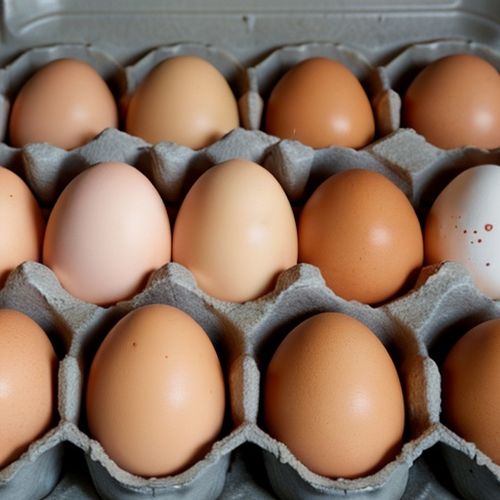
By Jessica Lee/Apr 29, 2025
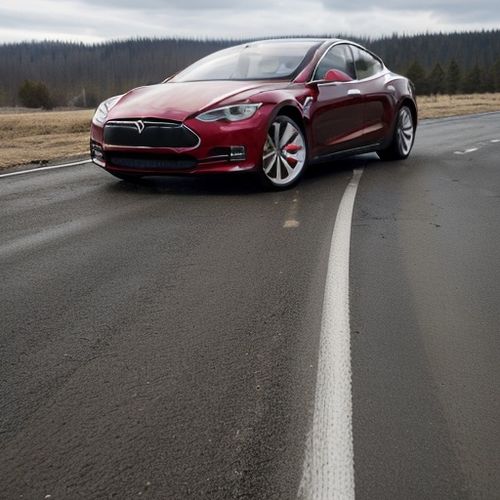
By Lily Simpson/Apr 29, 2025
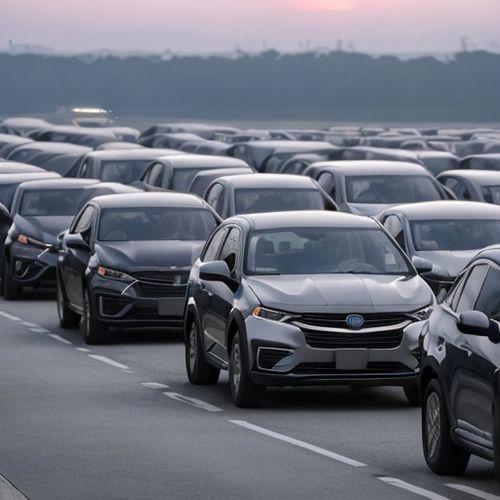
By Amanda Phillips/Apr 29, 2025
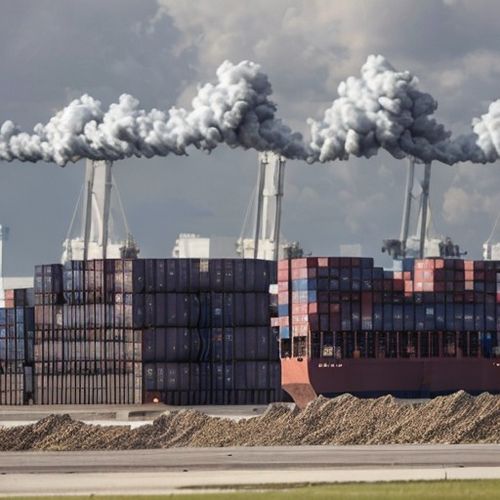
By James Moore/Apr 29, 2025
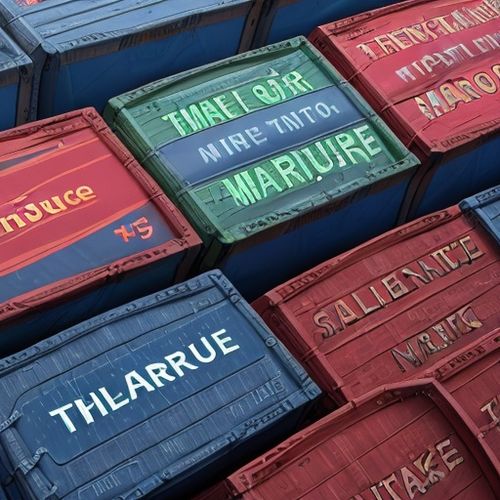
By Amanda Phillips/Apr 29, 2025

By Sophia Lewis/Apr 29, 2025
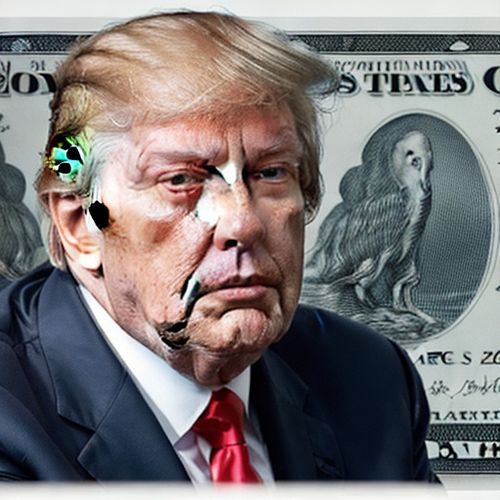
By Ryan Martin/Apr 29, 2025

By Elizabeth Taylor/Apr 29, 2025
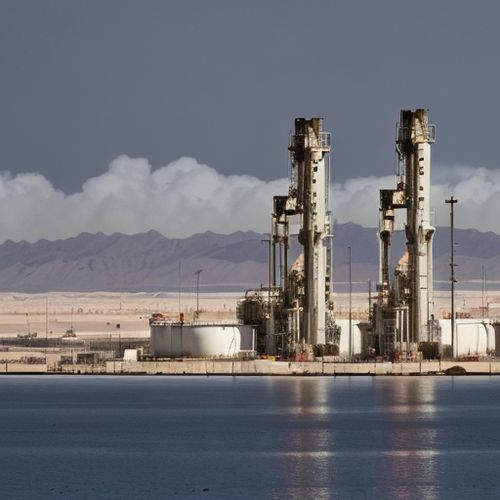
By Noah Bell/Apr 29, 2025
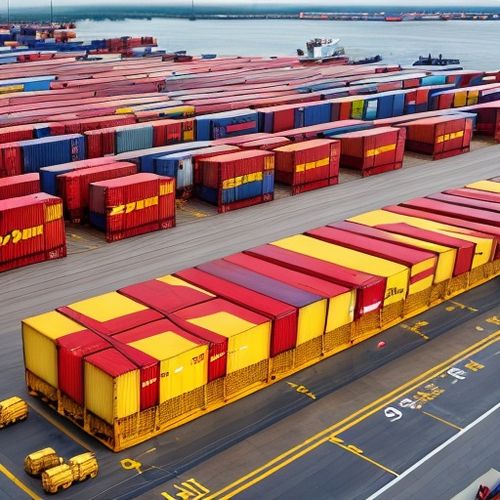
By Emily Johnson/Apr 29, 2025

By Grace Cox/Apr 29, 2025
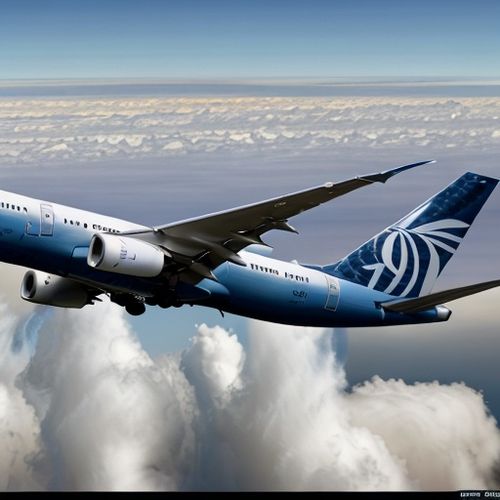
By Rebecca Stewart/Apr 29, 2025

By Elizabeth Taylor/Apr 29, 2025
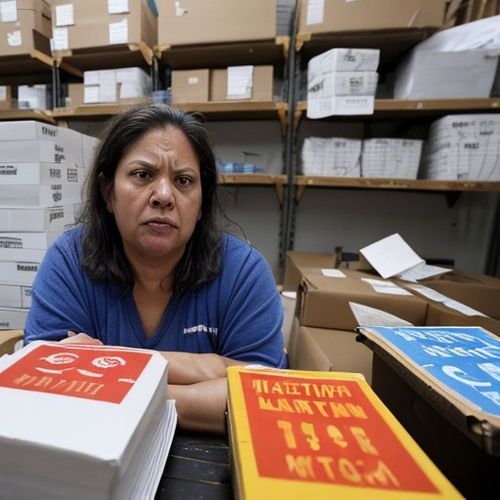
By Michael Brown/Apr 29, 2025
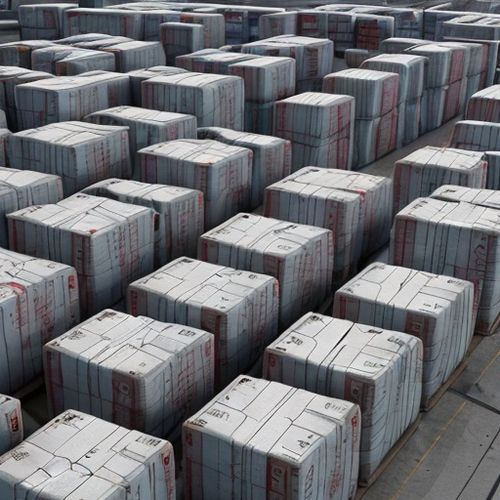
By Olivia Reed/Apr 29, 2025
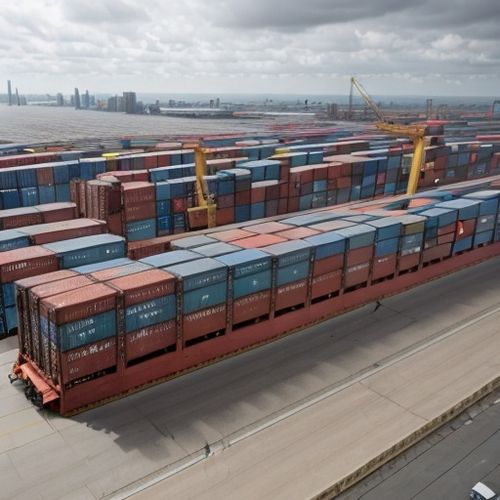
By Daniel Scott/Apr 29, 2025
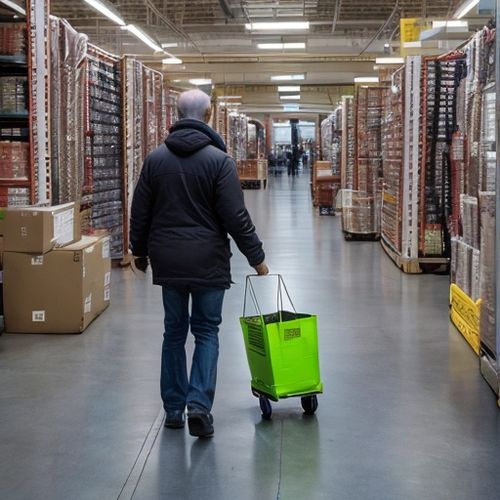
By Joshua Howard/Apr 29, 2025
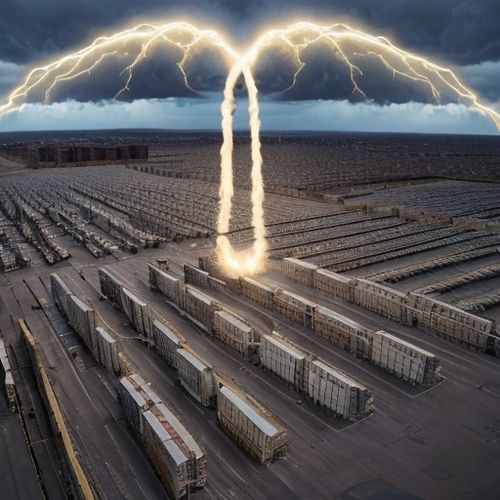
By Megan Clark/Apr 29, 2025
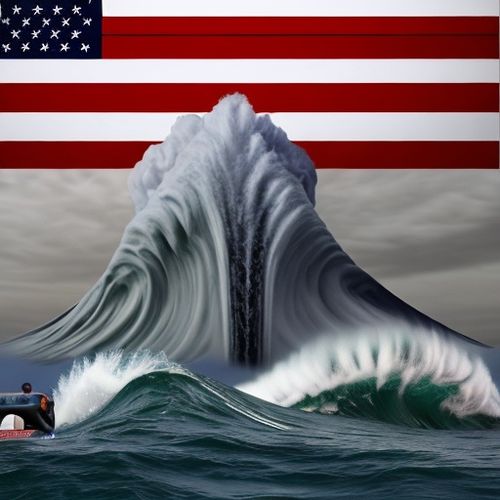
By John Smith/Apr 29, 2025